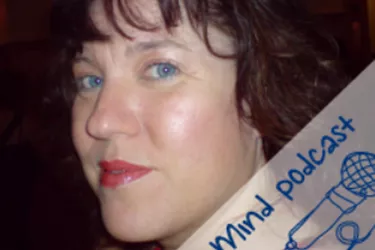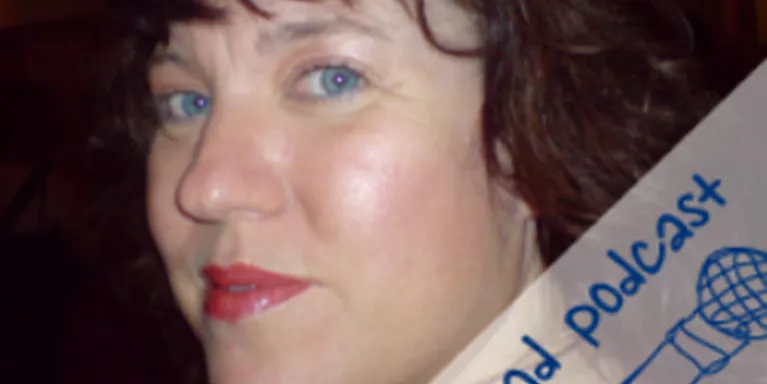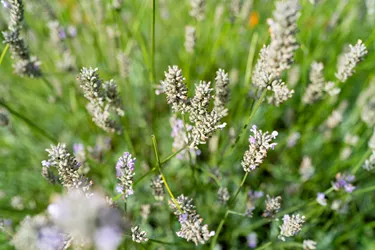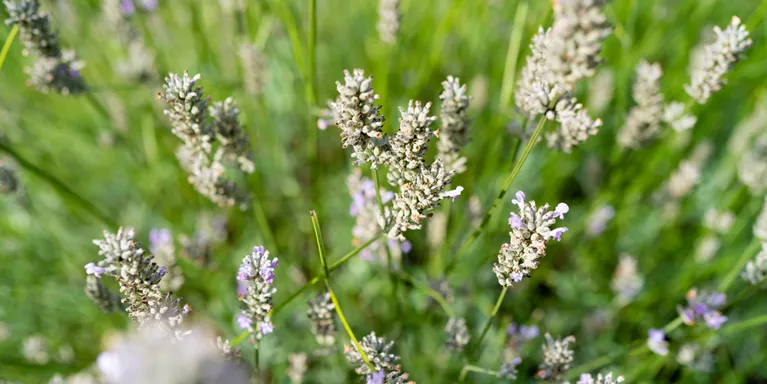Understanding seasonal affective disorder
Information Officer Sam Challis blogs about Seasonal Affective Disorder (SAD).
Seasonal Affective Disorder (SAD) has been in the news more than normal this summer, possibly because "Summer, what summer?" remains a reasonable question. SAD is depression that gets worse around a particular season and it is usually, but not always, winter. People experiencing SAD can get any of the standard symptoms of depressionbut they will either only happen during one part of the year, or get significantly worse in one season.
SAD as a diagnosis can be quite controversial. After all, don’t most people feel a bit less motivated to get out of bed in the morning when it’s cold, dark and damp? However, SAD could be described as a much more severe reaction to these seasonal variations, although even then, this does not explain why some people experience SAD symptoms in summer, when most people feel more active and energised.
I’ve been recently working on an update to Mind’s information on understanding SAD. It tries to give, and I hope it does, an explanation of what SAD is, what causes it, how people can reduce the symptoms, and to dispel some myths around the subject.
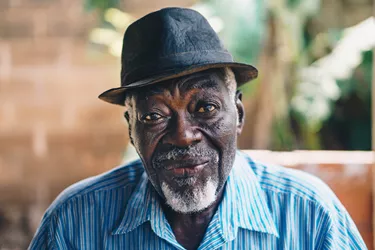
Descriptions such as ‘winter blues’ aren’t particularly helpful. SAD symptoms can begin at different times – for example I tend to notice them just after the summer solstice at the brightest time of the year just because I’m aware that the nights are going to get darker and that the weather is now moving towards winter, rather than getting better.
Surprisingly, most people experiencing SAD don’t find it gets significantly worse when summer is colder or wetter than average. Longer hours of daylight are usually helpful no matter the weather.
Like all mental health problems, SAD varies widely in how severely its symptoms manifest themselves. Most people with SAD ‘just’ find life a bit harder at certain times of year. But, as with other forms of depression, some people find it almost impossible to live their normal life while affected by it. This, obviously, requires a lot of understanding from friends, family and - perhaps most of all - employers. No-one with SAD actually wants to just be allowed to hibernate for a season, but that’s often what it feels like.
SAD can be treated. Many people find light therapy helps the most. This involves sitting near to a special bright light (10-40 times stronger than a normal bulb) for a few hours a day. People may think this is weird, but it is worth it. Even relatively simple (and cheap) things like ‘sunrise’ alarm clocks can be useful and are also easy to use in private at home. Different kinds of light designed to help with SAD are widely available. Other treatments, such as anti-depressants and talking treatments can also help – your GP might be able to help, do speak to them about what your options may be.
Whether you experience SAD or know someone who does, please take SAD seriously. It is real, isn’t nice to live with, and can be seriously disabling. That said, it is similarly important not to over-react. Mostly, it is possible to get on with life, look forward to nicer weather, and plough through. Understanding it, and having those around you do so too, is a vital part of living with it successfully.

Information and support
When you’re living with a mental health problem, or supporting someone who is, having access to the right information - about a condition, treatment options, or practical issues - is vital. Visit our information pages to find out more.
Share your story with others
Blogs and stories can show that people with mental health problems are cared about, understood and listened to. We can use it to challenge the status quo and change attitudes.










